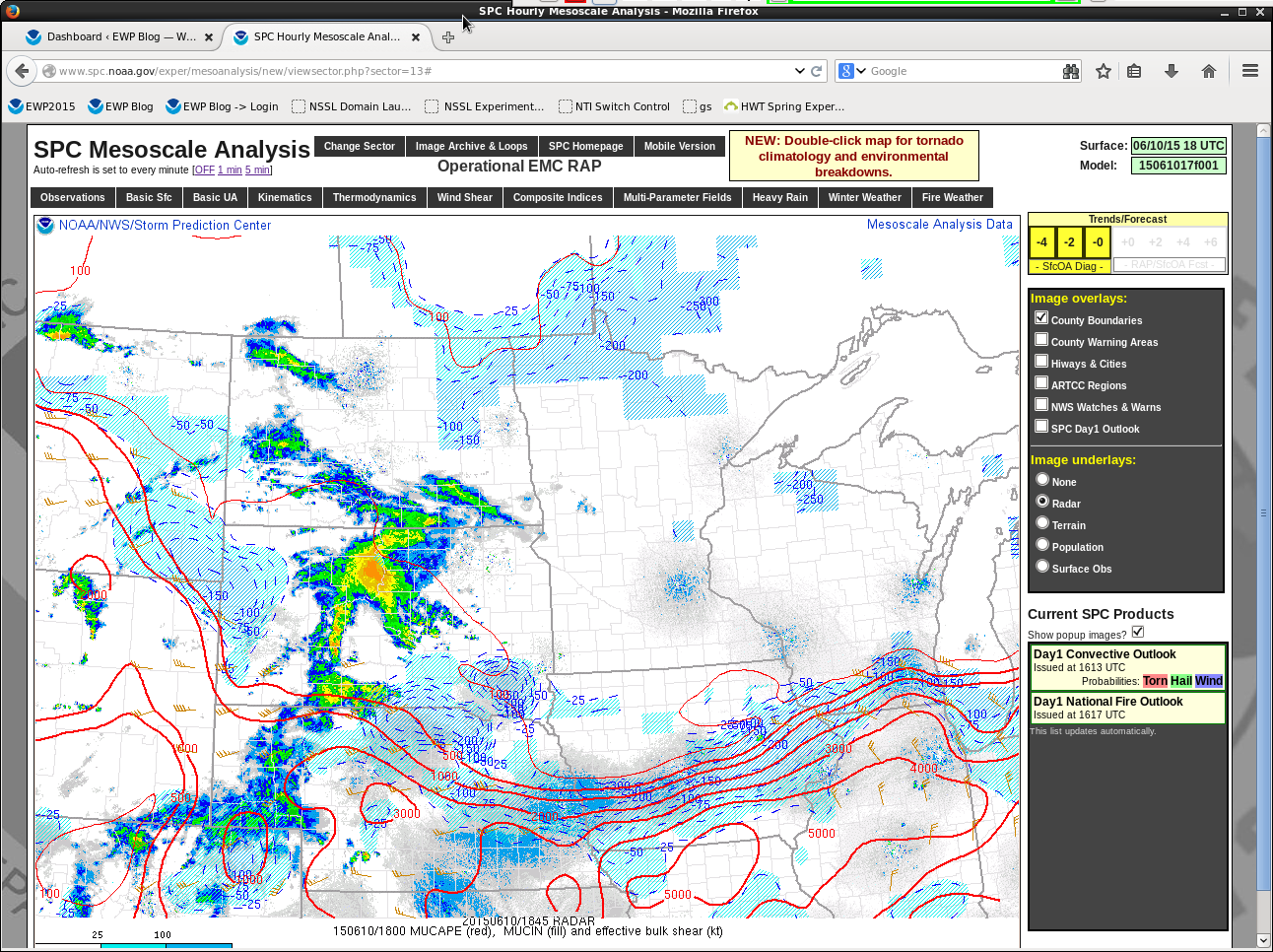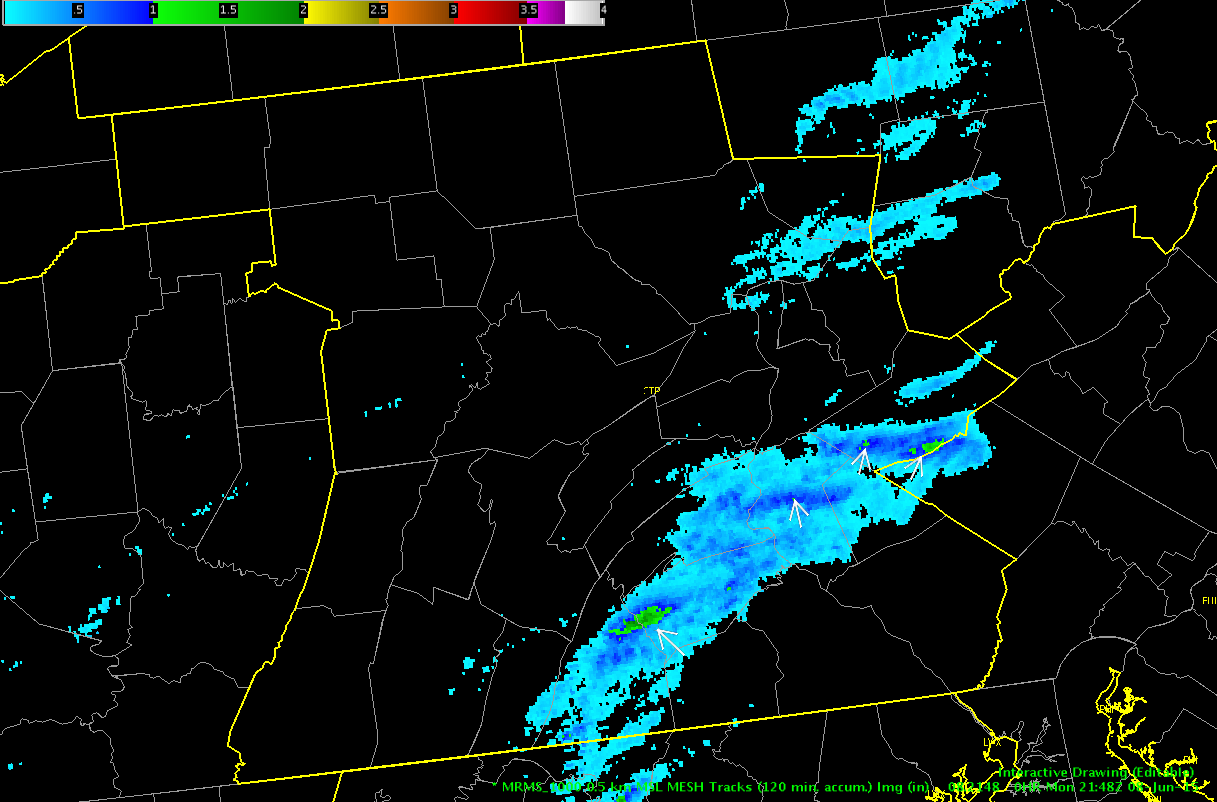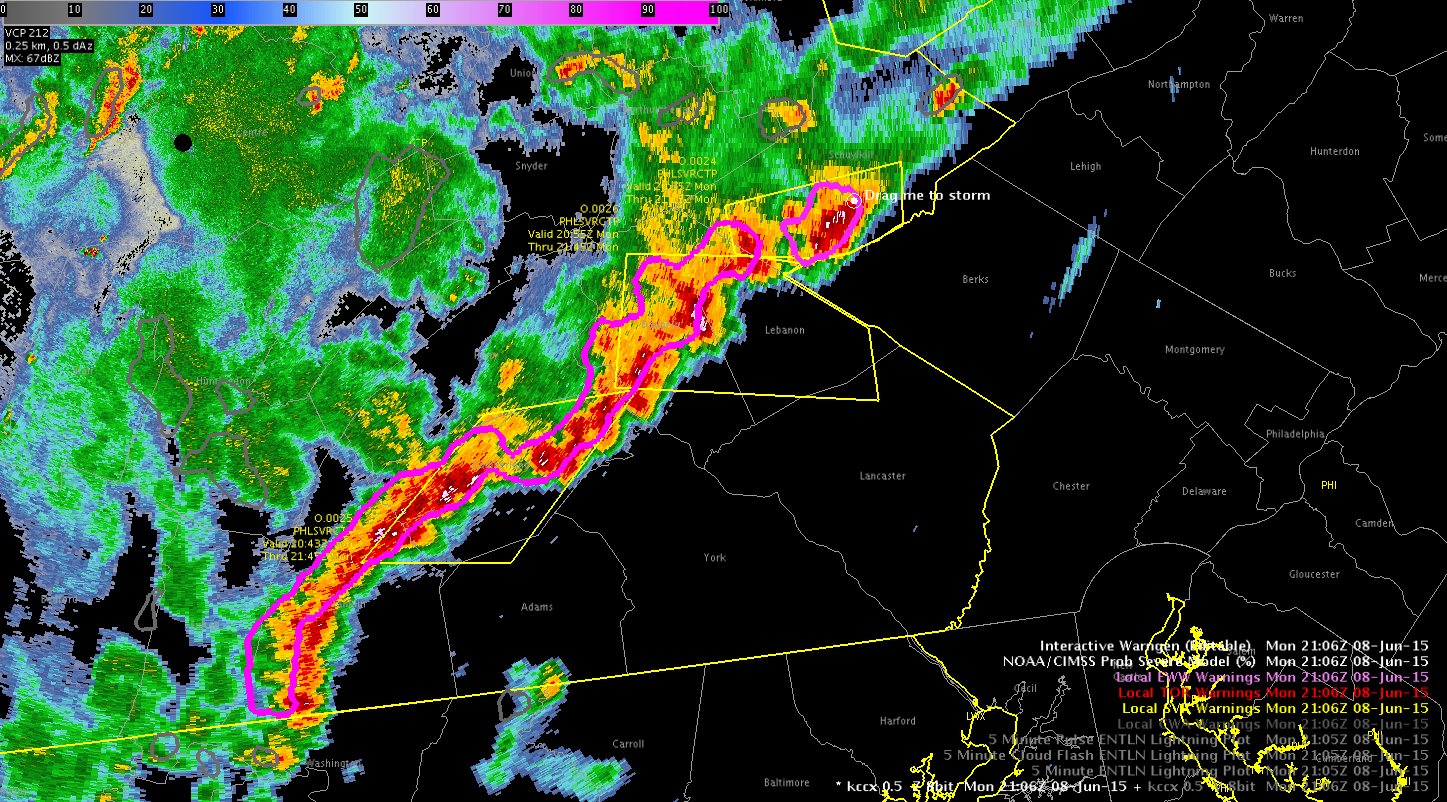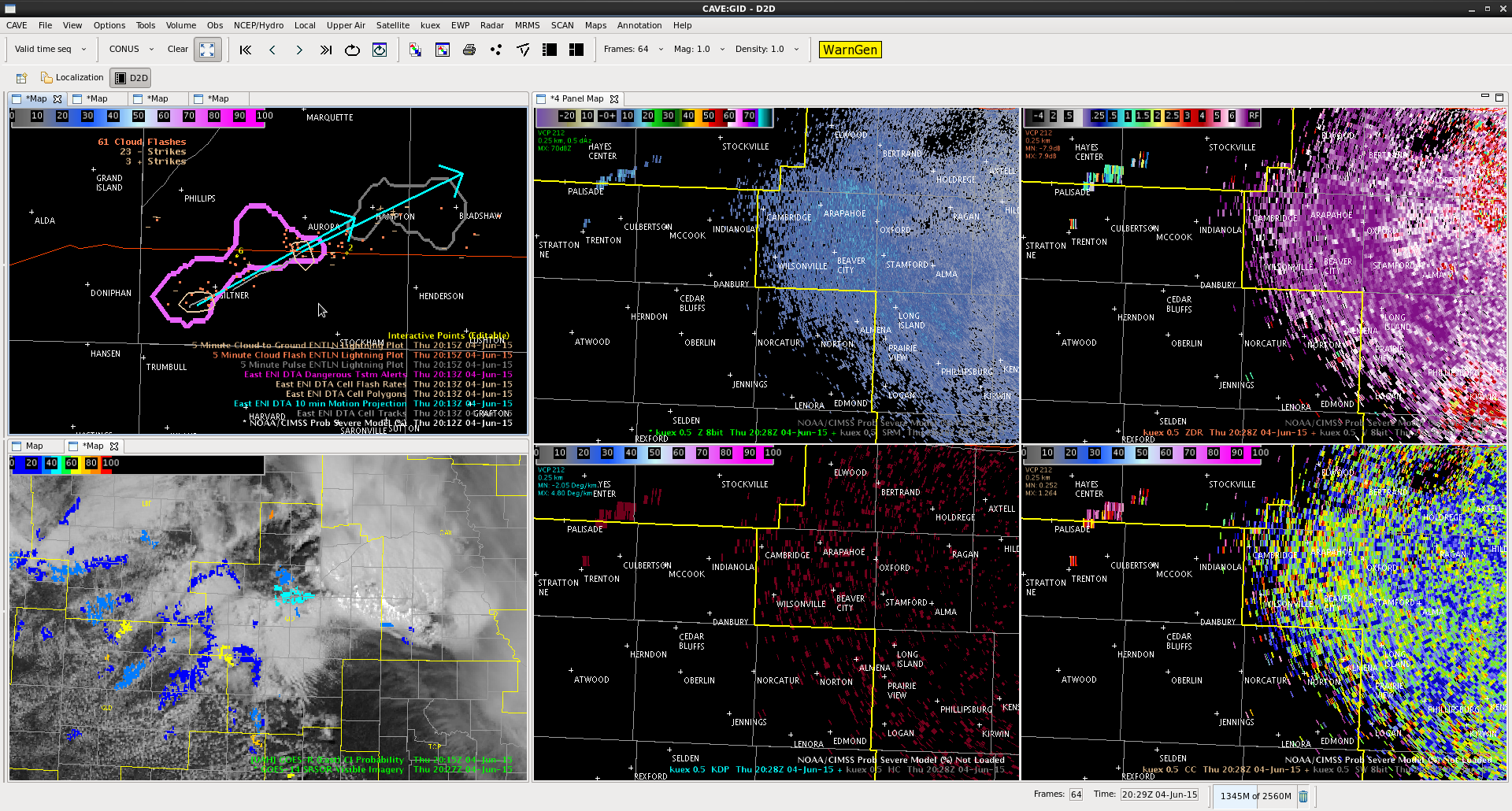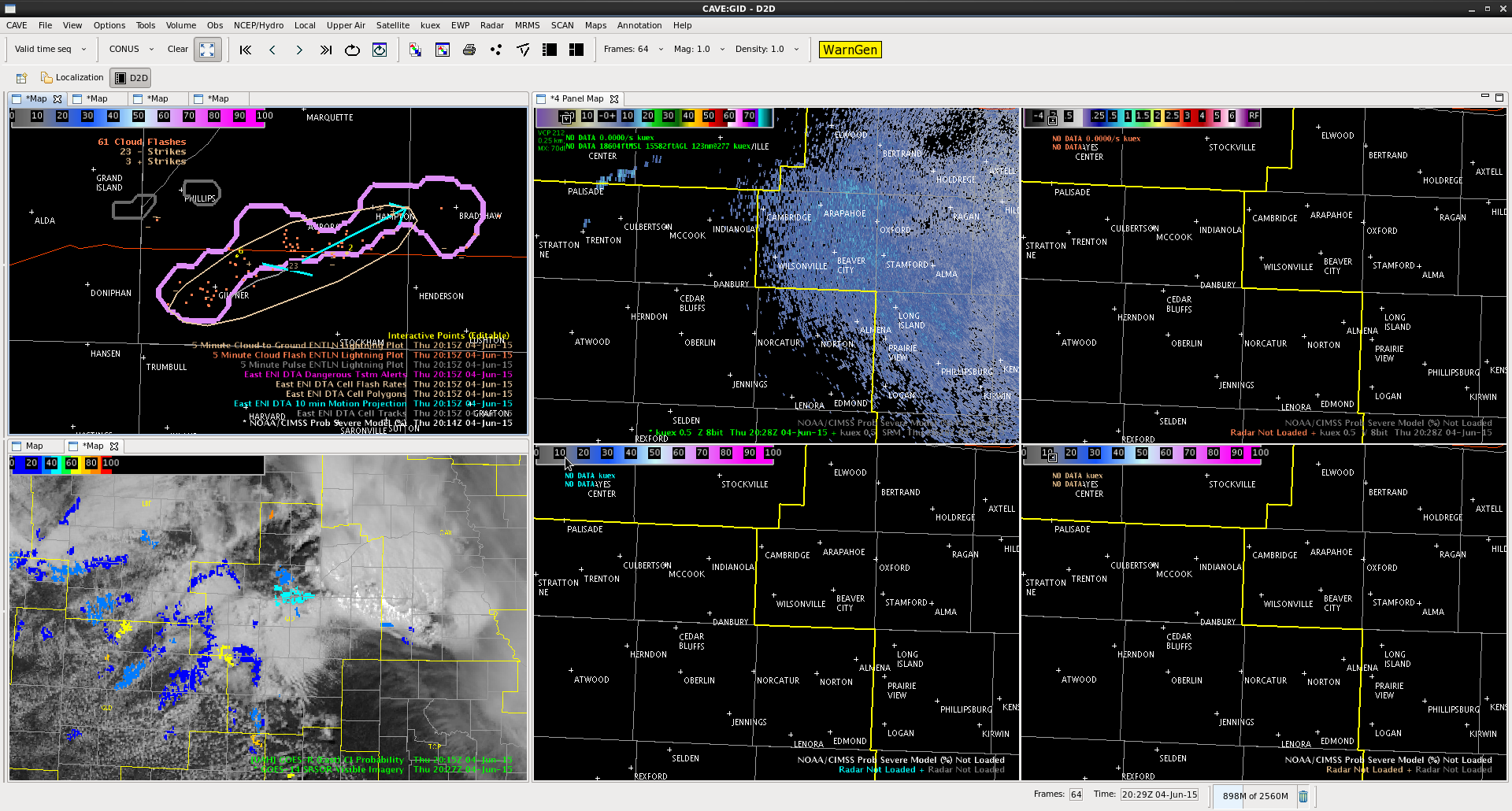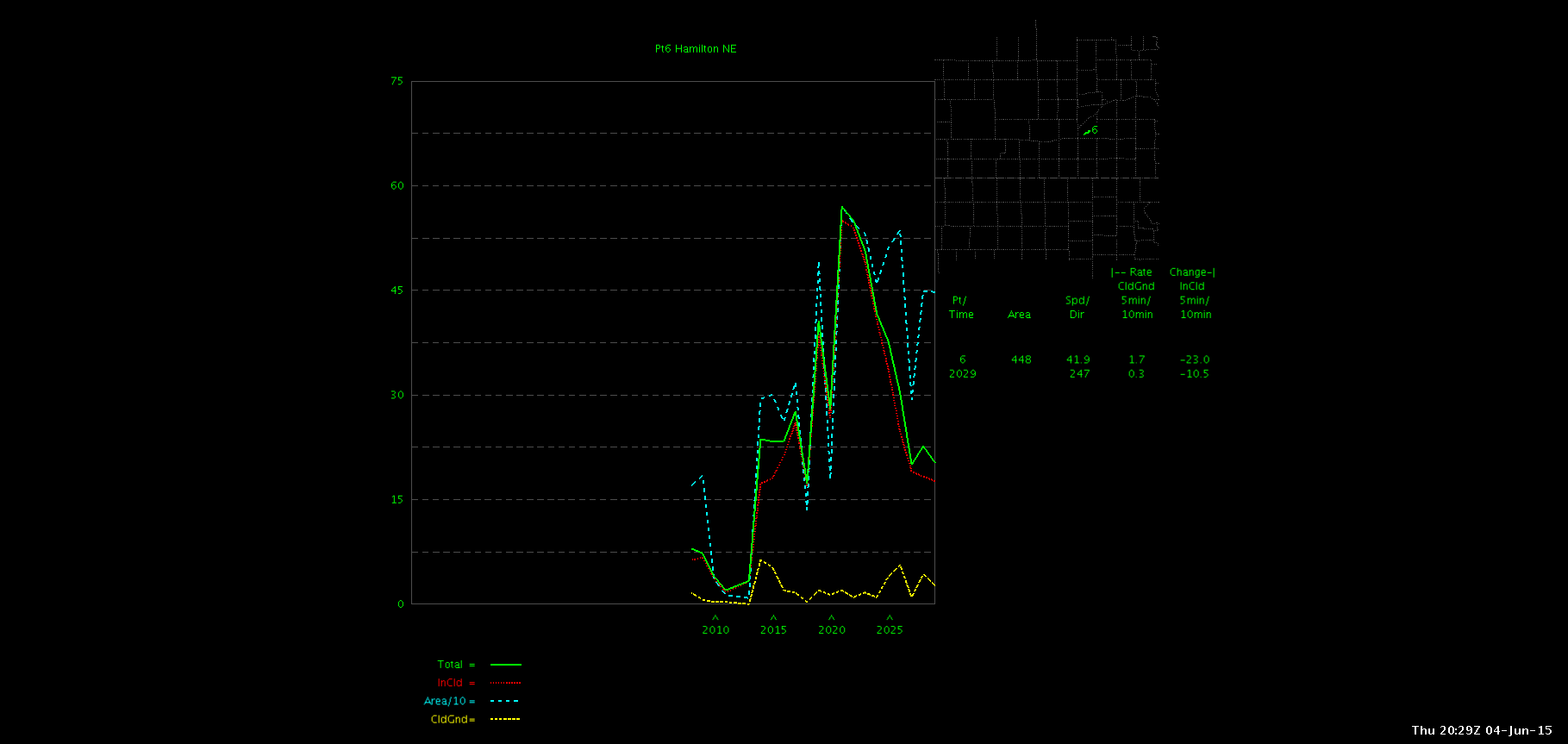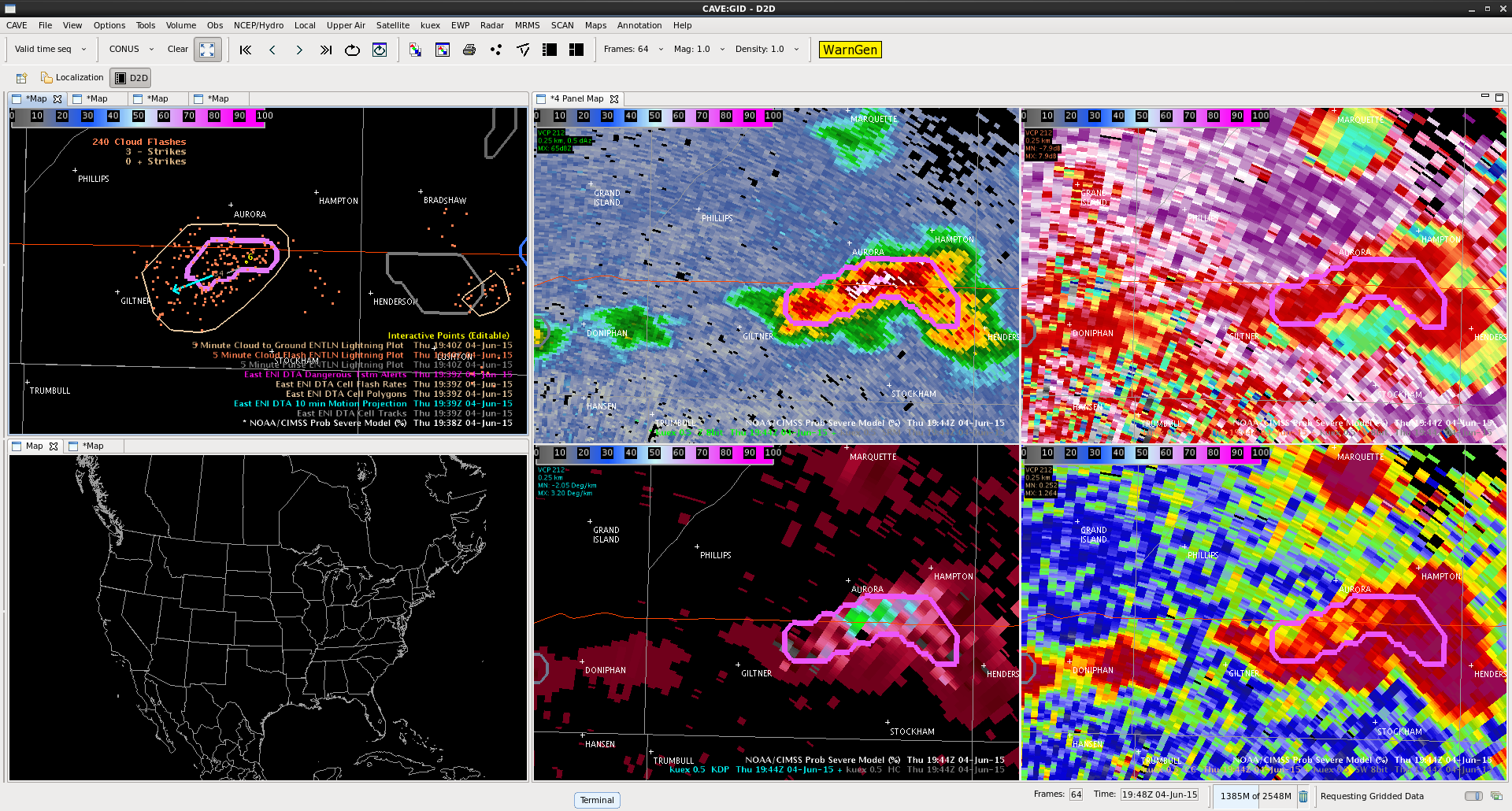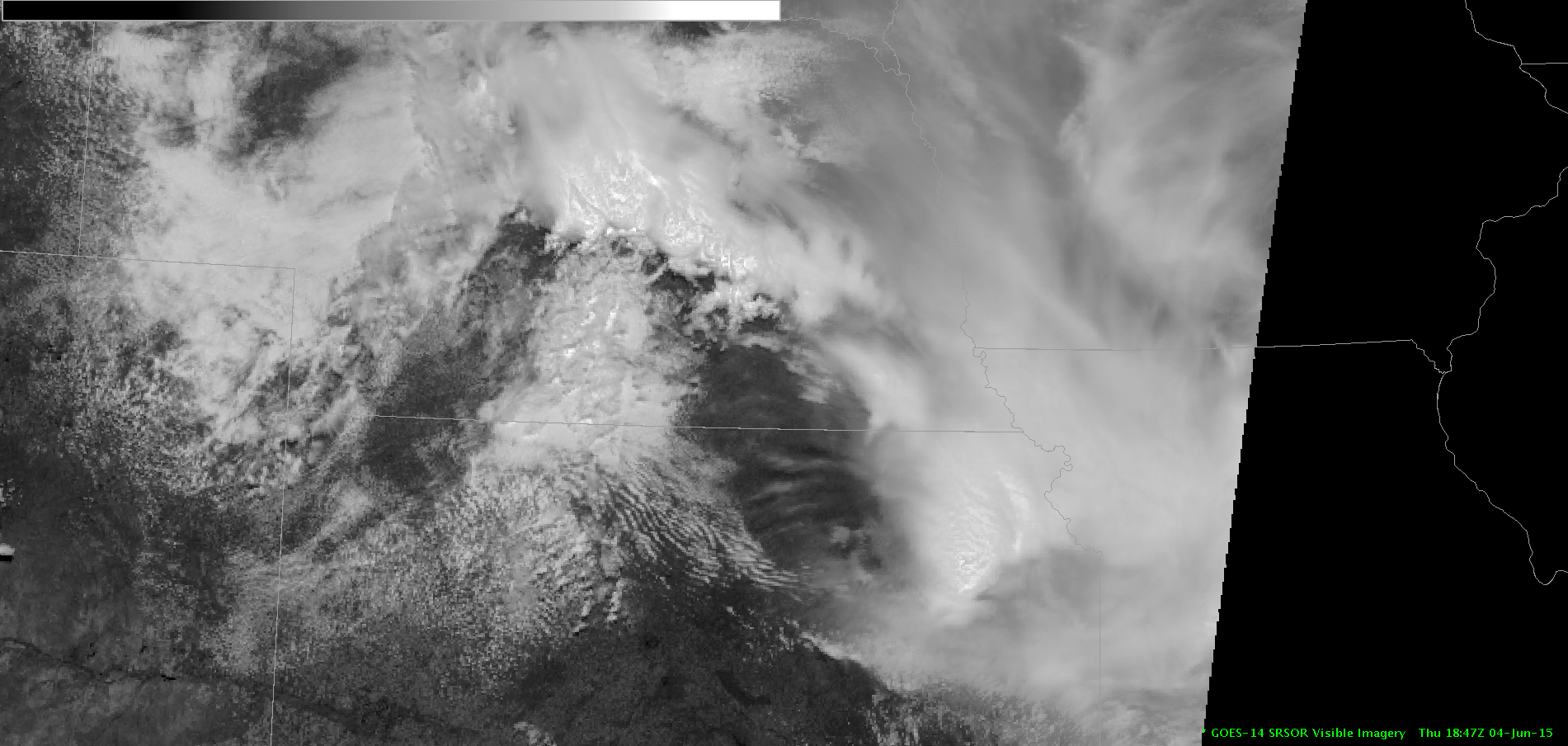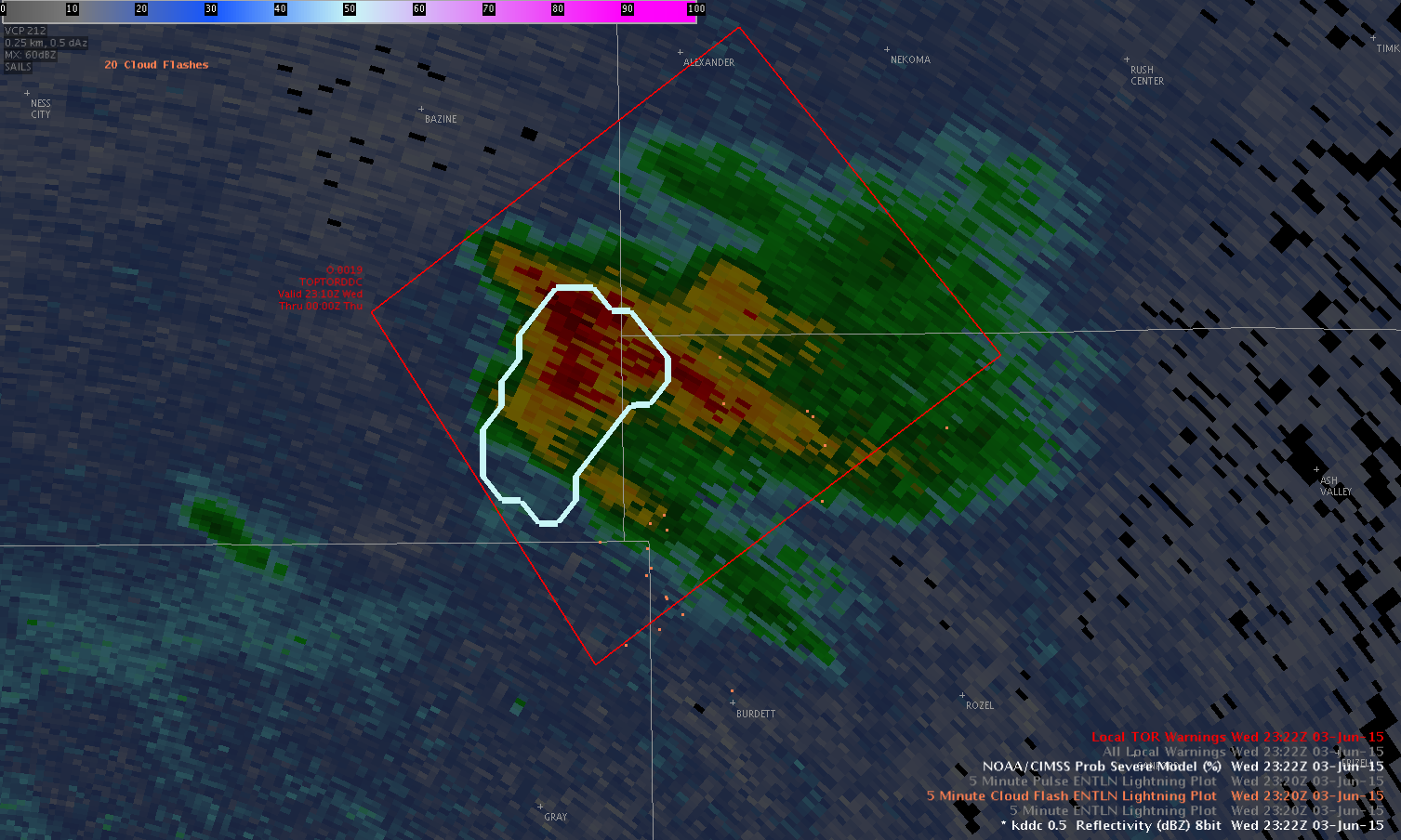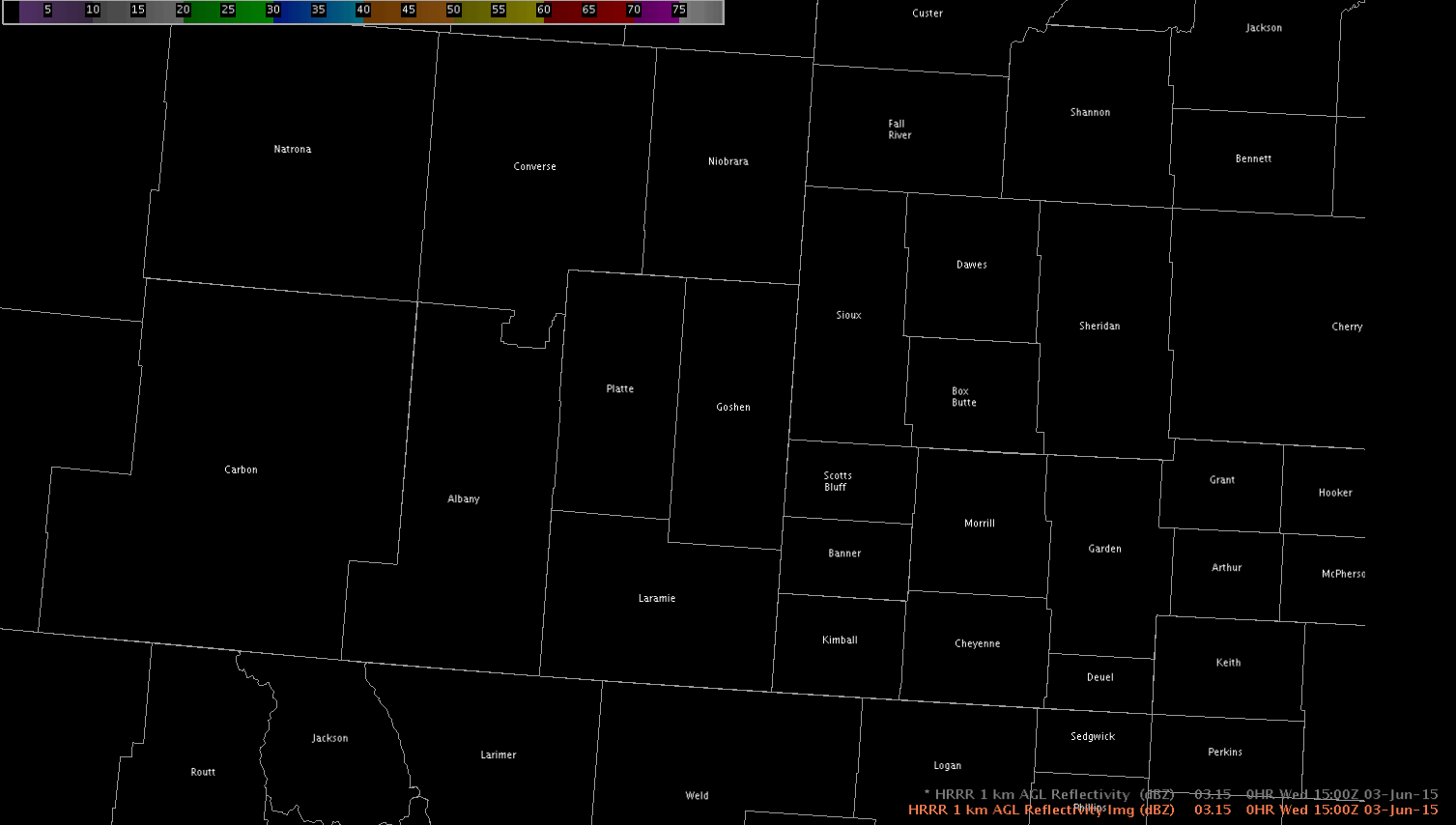HUGE LAP RAP GFS CAPE differences noted in LBF area. The LAP CAPE is 250 J/kg, First guess GFS ~ 900 J/kg MUCAPE while SPC/RAP is showing 2500 MLCAPE and 3000 MUCAPE. Explosive development is now taking place near LBF. So my guess is the LAP CAPE is seriously underdone. MrSnow/Brick Tamland
– Large differences are because you are comparing LAP CAPE (which is closest to SBCAPE) to GFS and RAP MUCAPE. Of course MUCAPE will be higher, sometimes significantly, than SBCAPE. I would suspect the GFS first guess had weak instability, which is why the LAP would be low as well – BL


